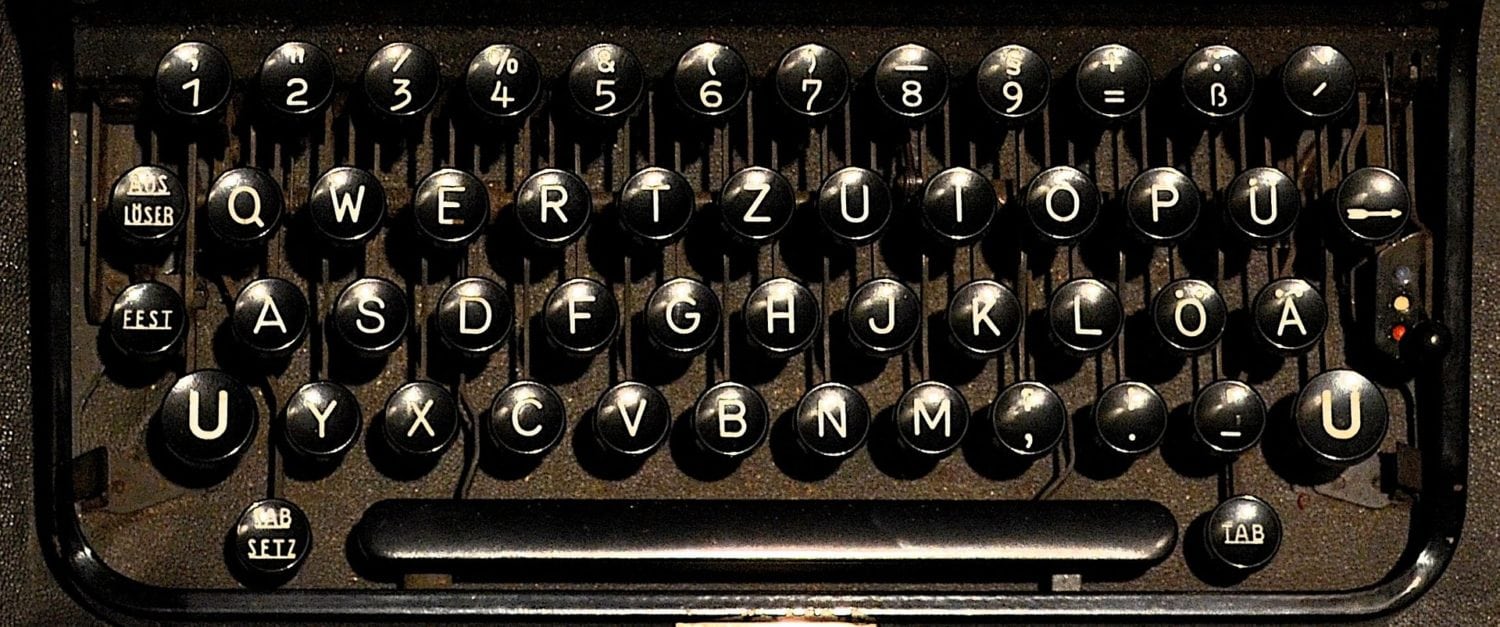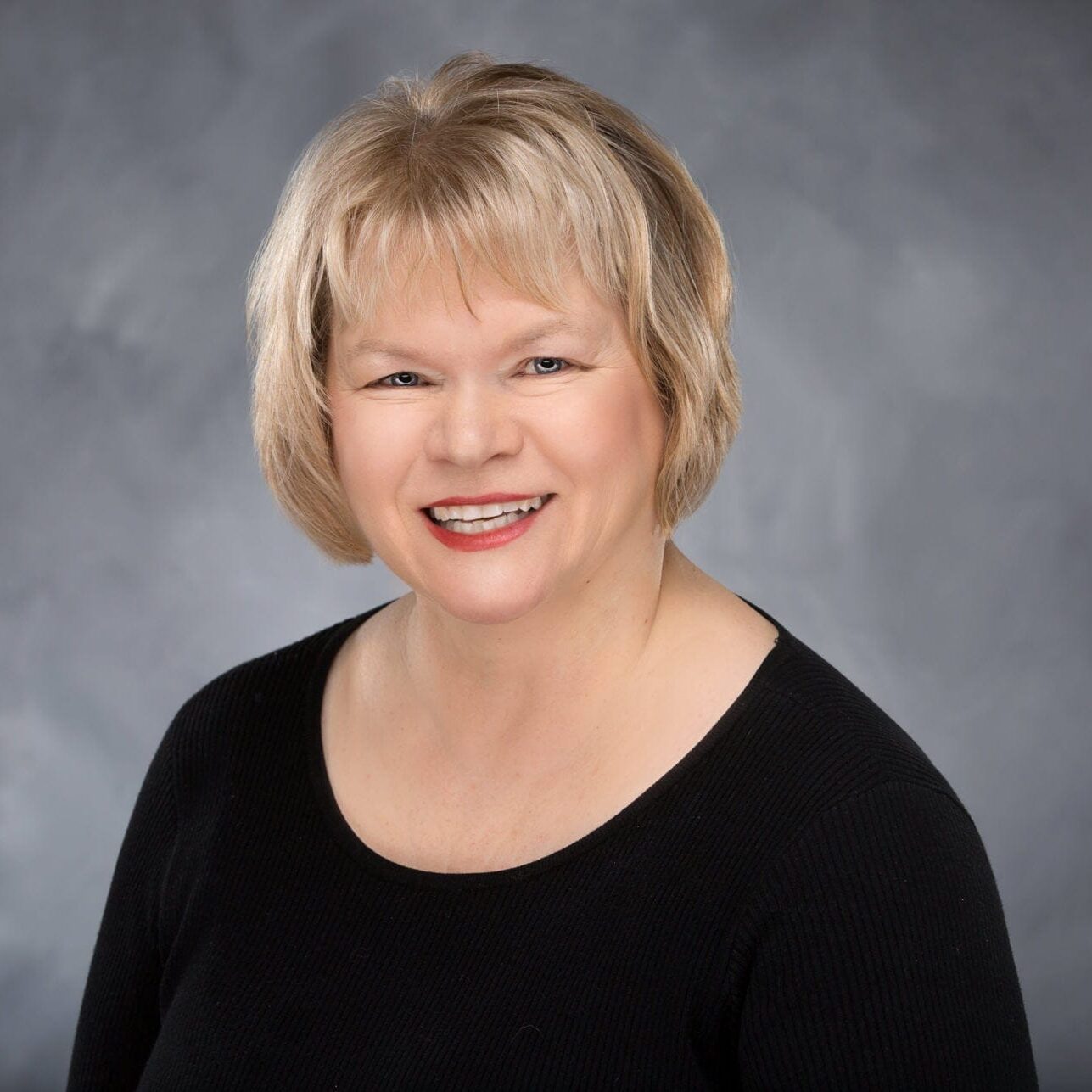What font should I use for my resume?
Tempting as it is to go wild and crazy to get attention, it is usually not the best idea. Your font in your resume – the traditional presentation version that you will use to email to your network, contact your references, and send by email to hiring managers should be easily read.
Which fonts are easily read?
If you ask 100 people, you will get many different answers, ranging from Times New Roman to Arial and many more options. Actually, I use neither Arial or Times New Roman in the resumes I create for my clients.
The differences between font families
The two main font families are Serif and Sans Serif fonts. The serif font would be more like Times New Roman and the Sans Serif would be more like Arial.
When I explain the difference to clients, I tell them to look at the different samples.
Now if you compare a font that would look more like Arial which is a Sans Serif font, you note it is very straight up and down.
What fonts work in resumes?
The serif fonts I use the most are:
- Georgia Pro
- Cambria
- Palatino Linotype
- Garamond
The Sans Serif fonts I use are:
- Calibri
- Segoe UI
- Century Gothic
- Arial
- Franklin Gothic Book
This is a bad thing because today resumes can’t just be printed and mailed, they work electronically.
To avoid this kind of problem, stick to common fonts and test your resume by sending it to someone else before you send it to a hiring manager.
I love playing with fonts. I find if you play too much with your resume, you end up with document that is harder to read for your end user. Your goal is to improve readability not make it harder.
To get your job search working for you, simply click here!
Resume Design and Job Seeking Tips
Here are Design Resumes' latest articles on job search, resume design, resume writing, and Linkedin optimization articles I've written.
Julie Walraven
Professional Resume Writer
Here are ways I can help you land your dream job.
You may be halfway across the country or the world. When you work with me, we share coffee, laughs, and concerns. This turns the scary job search into creative, consultative writing and learning sessions.





